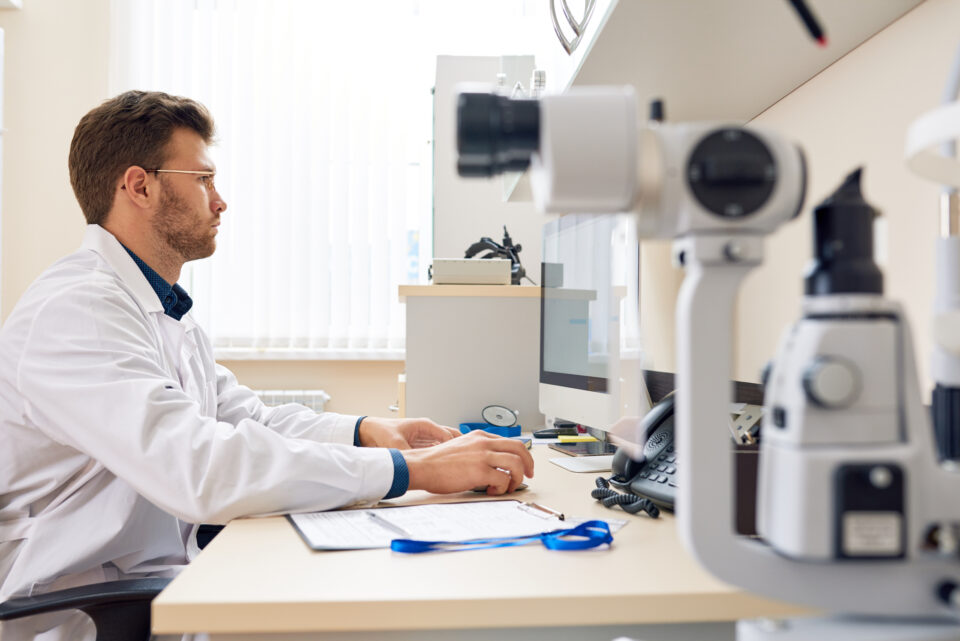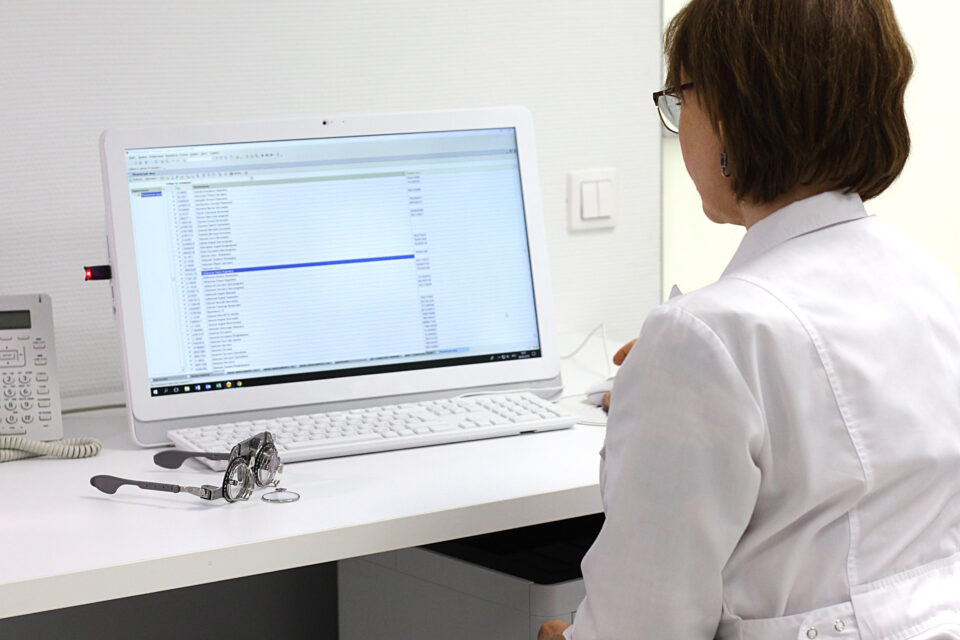Embase is Elsevier’s medical bibliographic database. Searching requires a subscription or access through an interface, such as Ovid. Embase also indexes MEDLINE, like PubMed, but includes additional European journals. Some national health libraries will provide access for practitioners in their country. Remember that what you are looking for might not be called “Embase” but might be called by an interface name, such as “Ovid.”
The road from idea to knowledge
Medical research often starts with a clinical question, observation, or intuitions in daily clinical practice. It can be anecdotal discussions between colleagues, a case report or case series. Questions will typically advance to be investigated through case-control and/or cohort studies. And later, if the question is treatment-related, it will be taken through randomised controlled trials. When enough randomised controlled trials exist, systematic reviews can be constructed through meta-analysis.
Please do remember this in your everyday clinical practice: health research is not inherently an academic thing – it is a clinical thing that starts with observations and questions you, as a clinician, have.
The process of scientific studies and knowledge delay
So, what is science, and how does it get published? Scientific studies must follow sound theoretical, ethical and methodological requirements. Medical studies, and studies with human subjects, typically have gone through ethical approval by a university or regional ethics board before researchers can start collecting data. Rules for how studies are designed, registered and started varies slightly by region and country.
Once a study is ongoing and researchers have collected data according to their methods, they get to the point of data analysis and writing up a discussion of their research. This will result in a finished draft article – called manuscript – but it can take a long time from the study starts until the manuscript is ready. Usually, researchers will have poster or paper presentations at scientific conferences before they finish the manuscript to get early feedback from peers and highlight new information that might influence their research.
Once the manuscript (draft paper) is written, researchers will submit it to a scientific journal for consideration. The editor of that journal can either reject it – typically if it doesn’t fit the journal’s scope – or send it to an editorial board member for peer review. The board member will be an expert on the concerning field and is responsible for selecting external reviewers and guiding the review process. A minimum of two scientists from the same field will sanity check the manuscript as external reviewers in peer review. Their task is to ensure the research is newsworthy and that there are no major faults within the manuscript, study design, methodology or analysis. Their input will help the board member form a suggestion to the editor to either accept, reject or revise the manuscript before a re-submission.
If the reviewers suggest a revision, and the editor agrees, the manuscript will go back to the authors to correct and address issues raised in peer review. After they’ve completed their revision, it must go through a new peer-review process, which can have the same outcomes as the first one. Once a manuscript is accepted, it will be published in an upcoming issue after going through copyediting and proofs.
Phew! It sounds like an expensive and time-consuming process, doesn’t it? According to a 2015 investigation of authors publishing in the field of conservation biology by Vivian M. Nguyen and colleagues, authors’ optimal review time was 6 weeks, compared to a typically experienced review time of 14 weeks.
And not only is it the review process that takes time. Data from 10,000 completed clinical trials registered on ClinicalTrials.gov with results published shows that the average time from a study is completed to results are published is just under 24 months! And the average time from its start date until results are published is just over 40 months *.
And this time will quickly add up when we need multiple studies to be carried out before a systematic review of the topic can be written. In other words, there can be a multiple-year knowledge delay between the time research questions arises and when we have a sound understanding of them. The time it takes to write and publish textbooks can further extend that delay. Therefore, although books are a great way to learn about new skills, they are not the tool to continuously keep updated on clinical knowledge. As a consequence of the delay, your knowledge might already be expired if you’ve not kept updated on the entire scope of your practice.
* Data collected on November 23, 2020, from 10,000 completed trials with results posted from ClinicalTrials.gov. The average time from the start of a study to the results are published is 40.4 months; the average time from completion of the study to results is 23.7 months.
Future vision
Optometry and ophthalmology need more systematic reviews and evidence-based knowledge for everything from examination methods to management and treatment. It will take years to get there, but the only way we can manage this is by having more clinicians participating in research, closer collaboration with academia, and more clinician-scientists actively working with patients in practice.









